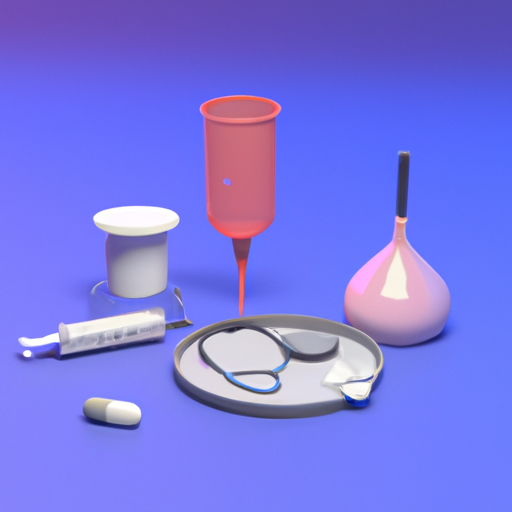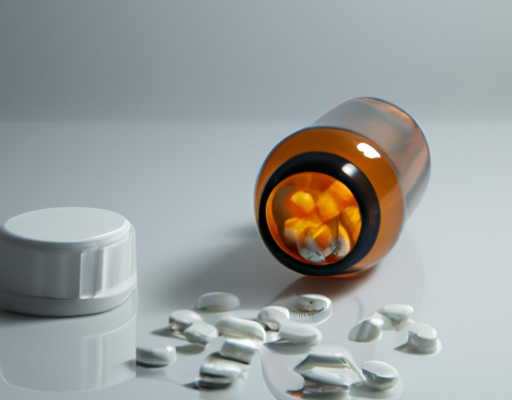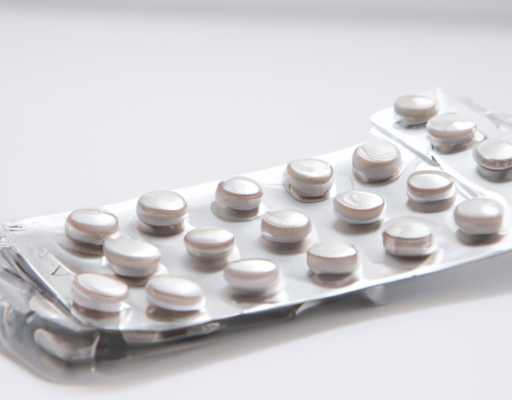Definition of varicose veins
Varicose veins are a medical condition where the veins become swollen and distorted, usually occurring in the lower legs. The exact cause of varicose veins is unclear. It is thought to be related to weakened valves in the veins, allowing blood to pool in the veins, resulting in the characteristic bulging and twisting of the veins. The condition can be more common in women, especially during pregnancy, and can be hereditary, or caused by standing or sitting for long periods of time. Varicose veins can be painful, and cause swelling, aching and skin discoloration in the affected area. Treatment is available to reduce the symptoms, including compression stockings and lifestyle modifications.
Causes of varicose veins
Varicose veins are a common medical condition that results from valves in the veins weakening and not working efficiently. The valves in veins normally open and close in an alternating pattern to help push blood from the legs back up to the heart. When the valves in your veins become weak, the backflow of blood becomes impaired and pools in the veins, resulting in them becoming twisted and enlarged. Genetics, age, gender, and occupation may all play a role in the development of varicose veins. Women are at higher risk than men due to hormonal changes, such as those that occur during pregnancy. Occupations in which prolonged standing is necessary may also increase the risk of varicose veins. Long-term obesity, changes in blood pressure, and issues with circulation can also increase the chances of varicose veins.
Treatment of varicose veins
When it comes to treating varicose veins, medical intervention is often necessary in order to prevent further health complications. The treatment options available vary, depending on the severity of the veins. In more minor cases, it may be possible for adequate relief to be achieved through lifestyle changes, such as wearing compression stockings and elevating the affected area to improve blood circulation. For more serious cases, there are a number of different minimally-invasive procedures available, such as foam sclerotherapy, endovenous laser ablation and radiofrequency ablation. All of these procedures involve using a needle or catheter to deliver treatments directly to the varicose veins in order to close them off and reduce the pressure on the surrounding vessels. In some cases, surgical intervention may be necessary in order to completely remove the varicose vein and reduce the risk of further complications. It is essential that those suffering with varicose veins seek medical advice in order to determine which treatment option is most suitable for them.
Preventing varicose veins
Preventing varicose veins requires some lifestyle modifications. Exercising and maintaining a healthy weight can help reduce the risk of varicose veins. Regular physical activity improves circulation and helps to keep the veins strong. Staying active also helps to reduce the pressure on the veins in the lower body and can help to reduce the risk of varicose veins. Eating a healthy, balanced diet with plenty of fruits, vegetables and fiber can also help, as it can help to reduce the risk of obesity, which can increase the risk of varicose veins. Elevating the legs above the heart for 15 minutes each day can also help to reduce pressure on the veins in the legs and reduce the risk of varicose veins. Additionally, wearing compression stockings may help to reduce the risk of varicose veins.
Conclusion
Varicose veins are a common and treatable condition, which can cause discomfort and other serious health problems if left untreated. To prevent and treat varicose veins, it is important to maintain a healthy lifestyle and consult a medical professional for personalized treatment recommendations. Treatment options include lifestyle changes, sclerotherapy, endovenous laser ablation, and ambulatory phlebectomy.
To summarize, varicose veins can be prevented and treated with the following steps:
- Maintain a healthy lifestyle
- Consult a medical professional
- Consider lifestyle changes
- Undergo sclerotherapy
- Undergo endovenous laser ablation
- Undergo ambulatory phlebectomy
With the right medical care, varicose veins can be managed and treated effectively. It is important to consult a medical professional to find the best treatment plan for your condition.





No Comments